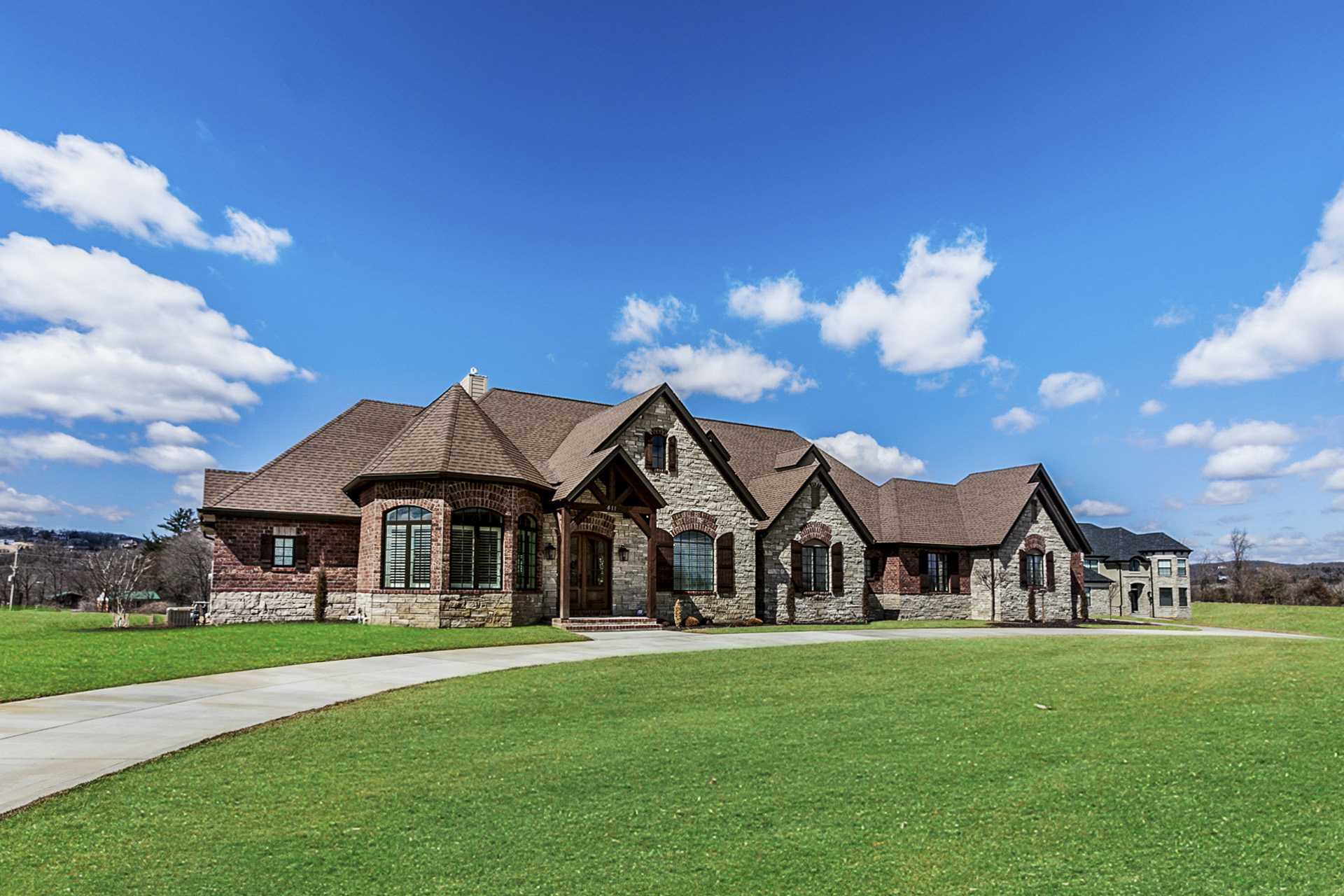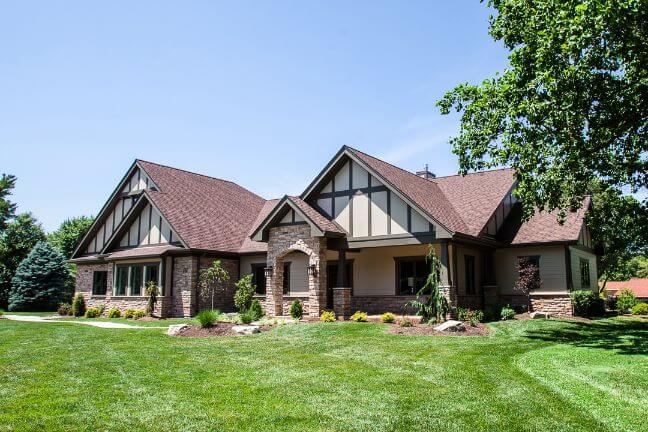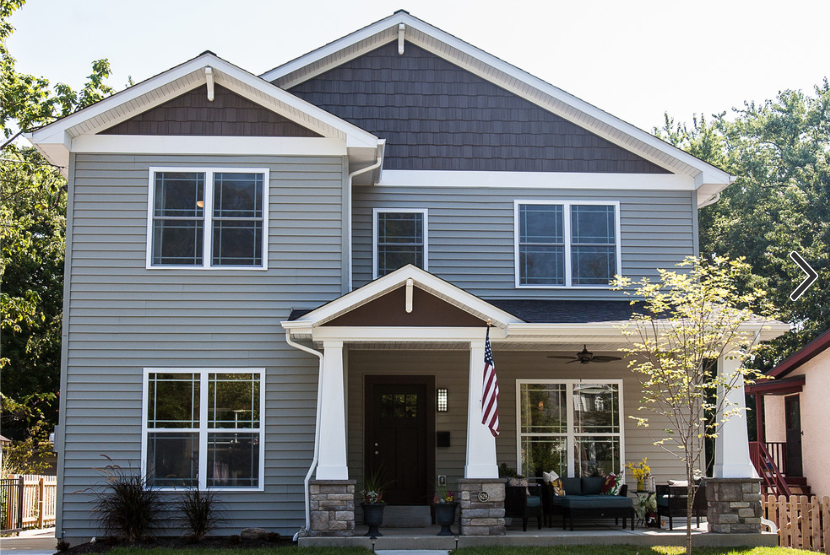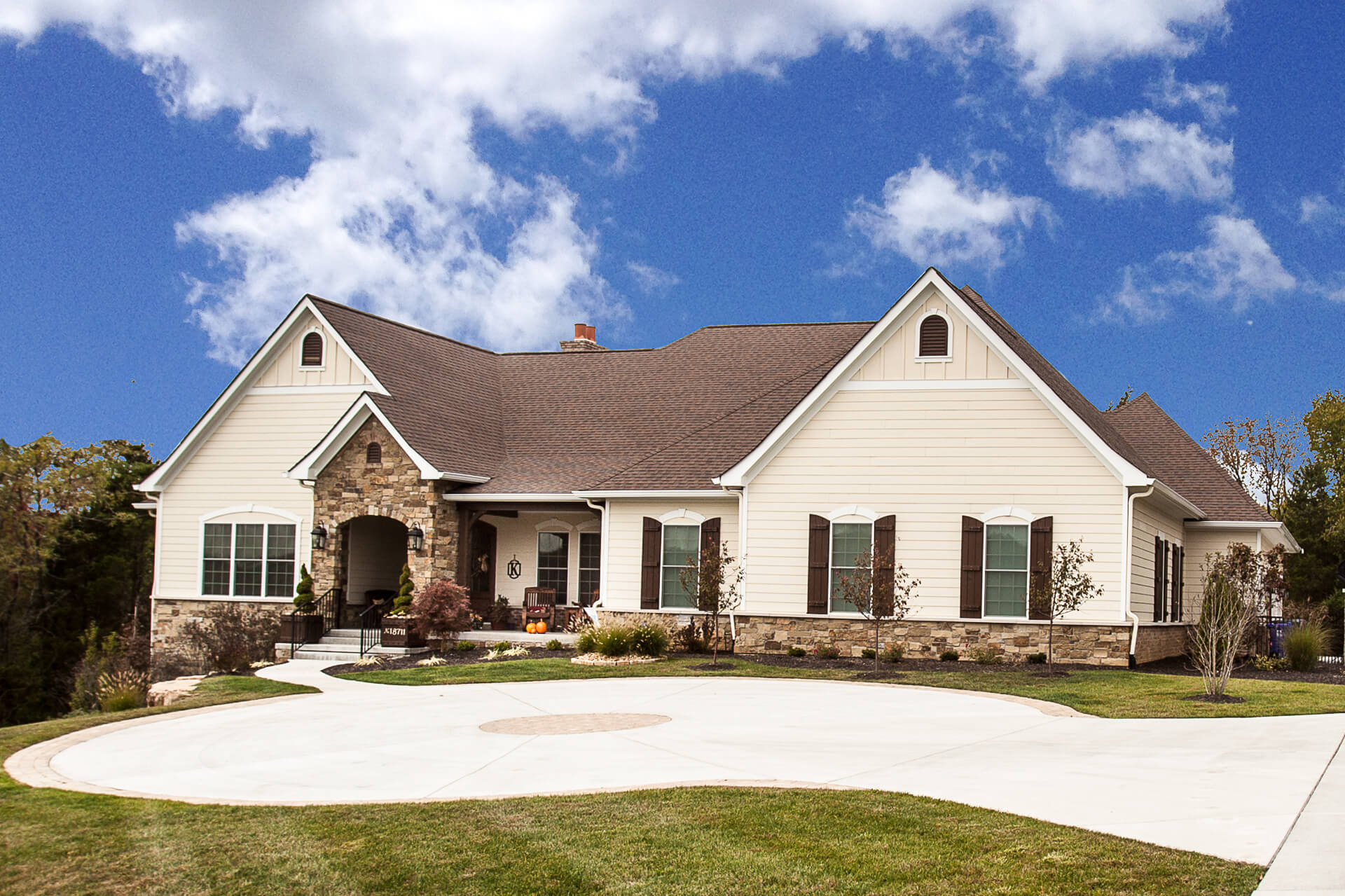
Architect Curtiss Byrne Designs High Performance Homes That Allow Owners To Age in Place
 St. Louis architect Curtiss Byrne graduated from Washington University with a Master's degree in Architecture in 1992, and has been hard at work designing projects from small remodels to large custom homes since that time. Through his many years of hands-on design work, Curtiss found a special calling in residential home design - specifically in designing energy efficient homes that are built to serve the homeowners at every stage of life.
St. Louis architect Curtiss Byrne graduated from Washington University with a Master's degree in Architecture in 1992, and has been hard at work designing projects from small remodels to large custom homes since that time. Through his many years of hands-on design work, Curtiss found a special calling in residential home design - specifically in designing energy efficient homes that are built to serve the homeowners at every stage of life.
"I take a unique approach to designing homes in that a great many of my home designs are both energy efficient and designed so that the owners can age in place." Curtiss has designed over 100 homes that have been certified green by the National Green Building Standard or LEED for Homes certification. "The homes I design aren't just energy efficient, they're also built to the principles of Universal Design - meaning that I design homes that people can stay in for the long term with very little in the way of modifications over time as their mobility needs change."
Universal Design is a concept of design that has been embraced by architects and building professionals for more than 35 years. It is a framework for the design of homes and offices that benefits the widest possible range of people in the widest range of situations without special or separate design. It is meant to accommodate people of all sizes, ages, and abilities.
Homes built with Universal Design in mind may have wider doorways, lower countertops, zero threshold showers, no-step entrances, and safety features such as grab bars disguised as towel bars. When homes are designed in this way, they can accommodate individuals with mobility challenges throughout their lives. These homes also allow individuals with typical mobility to stay in their homes longer as they age, with fewer modifications needed. This means less cost and material waste from future renovations, and a longer useful life for the home itself.
Explaining why he often designs homes that are both energy efficient and that also allow their residents to age in place, Byrne says, "Green home design and Universal Design are two compatible approaches to residential home design. The 'Green' approach to design conserves natural resources and reduces your impact on the environment. By its nature, Universal Design has a similar impact. The owners of these homes are able to enjoy the useful life of their home for much longer with fewer additions or construction projects needed. Their homes are ready to adjust to their changing needs over time with minimal to no additional work to be done. With an aging population of baby boomers, this approach to design just makes sense. They can comfortably enjoy the home they've invested in for a longer time, while enjoying lower utility bills at the same time."

Design Principles & Approach
To achieve this fusion of energy efficient design and Universal Design, Byrne considers the finer details of the home, such as:
Future Needs: As he designs, Curtiss discusses potential future needs with his clients. "I often recommend that we design in such a way that much of the functionality of their home can be achieve on that first floor, with a main floor Owner's suite, an open Kitchen, conveniently located Laundry Room, wider doorways, and minimizing the length of hallways whenever possible."
Solar Orientation: "We want to harness the passive solar energy to help heat up the house in the winter - but we don't want excessive heat gain in the summer, so we want to consider how we place the house on the lot to achieve this. We also want to ensure there is adequate shade over south-facing windows either by means of roof overhangs or deciduous trees, to maximize what the sun can offer - warmth and natural daylight - without overwhelming the home.
Insulation: A key element in high performance or green home design is the prevention of energy loss and air infiltration. Byrne designs with an eye for opportunities to insulated and prevent air leakage in each home plan he develops. "One of the cheapest places to add insulation to the home is in the attic. We also want to ensure that the truss "knee" - where the roofline meets the exterior wall on the house - is tall enough so that there is room for optimum insulation. Besides your windows, this is one of the places in the home that has the potential to leak the most energy. Adding additional insulation in the attic is also very inexpensive and can result in increased performance savings for the home."
Design Style
"As an architect, I am trained to work in all different styles. I've designed elegant Chateaus, Craftsman-style homes, Modern, Georgian, Victorian, Italianate, Mediterranean, and farmhouse-style to name a few. In 25 years, I've been fortunate to work in a variety of capacities, and to hone my ability to deliver a home design that reflects what the clients envisioned as their dream home."
An Award-Winning Architect
Curtiss Byrne is an accomplished, award-winning architect. He is a member of the American Institute of Architects (AIA), the Home Builder's Association (HBA) and is also certified by the National Council of Architectural Registration Boards (NCARB), "the profession's most objective standards of competence".
Some of his accolades include:
- Best of Houzz - Service: 2019, 2018, 2016, 2015, 2014
- Best of Houzz - Design: 2017, 2016, 2015, 2013
- 2019 Kirkwood Landmarks Commission Renovation and Addition of Distinction
- 2015 Most Advanced Home of the Year: Proud Green Home, HBA of St. Louis & Eastern Missouri
- 2014 Two St. Louis Homes & Lifestyle Magazine Architectural Finesse Awards
- 2012 Two Awards - At Home Magazine Home of the Year
Click here to learn more about Curtiss Byrne, AIA.


